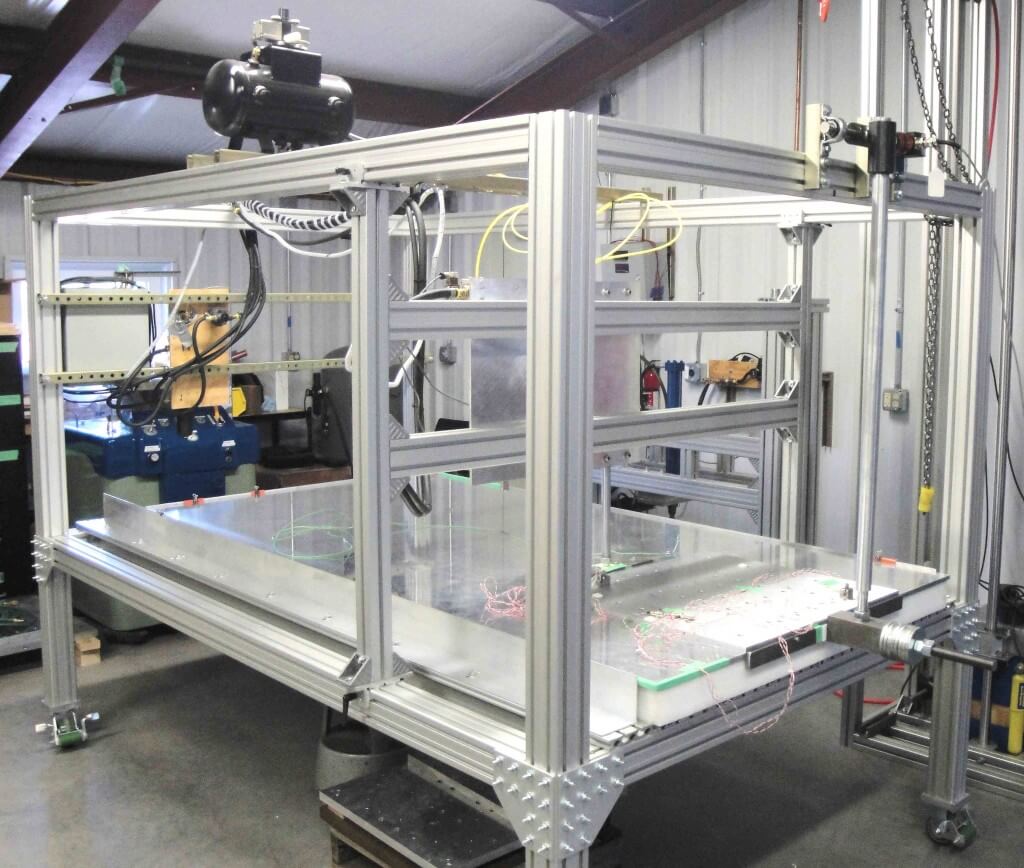

Pyrotechnic shock testing is an important part of the design and certification processes for military contractors, aerospace manufacturers and other organizations. To meet these requirements, EUROLAB offers a variety of pyrotechnic shock testing services.

Pyroshock or pyrotechnic shock refers to any long-term, high frequency and high amplitude mechanical stimulation. Exposure to Pyroshock can damage circuit boards, remove contaminants, shorten electrical components, or cause other negative consequences.
Pyrotechnic shocks are usually detailed in terms of a Shock Response Spectrum (SRS) and are expressed as acceleration (g or m / s2) and natural frequency (fn). EUROLAB can produce true pyrotechnic shock using 100.000 g (980.000 m / s2) acceleration and shaped loads that generate frequencies of 100 Hz to 10.000 Hz or primary cord. Electrodynamic stimulators used for Pyroshock simulation can accept loads up to 1000 lbs. and produces peak shock spectra up to 4000 g. Shock spectra can be controlled by octave equalization.
Examples of components that can experience this shock environment include scene separation and satellite launching devices, as they usually contain pyrotechnic events (eg explosive bolts). A second set of components that require a Pyroshock test can be components mounted close to the event or mounted on the skin of structures such as brackets, sensors, cameras, and other equipment.
EUROLAB can configure a piroshock test routine according to your specifications. In general, piroshock test techniques can be classified in three ways:
These categories are also defined in MIL-STD-810G, Method 517 and NASA-STD-7003 standards. For more information on the various test options, contact an EUROLAB representative today.
To get an appointment, to get more detailed information or to request an evaluation, you can ask us to fill in our form and reach you.